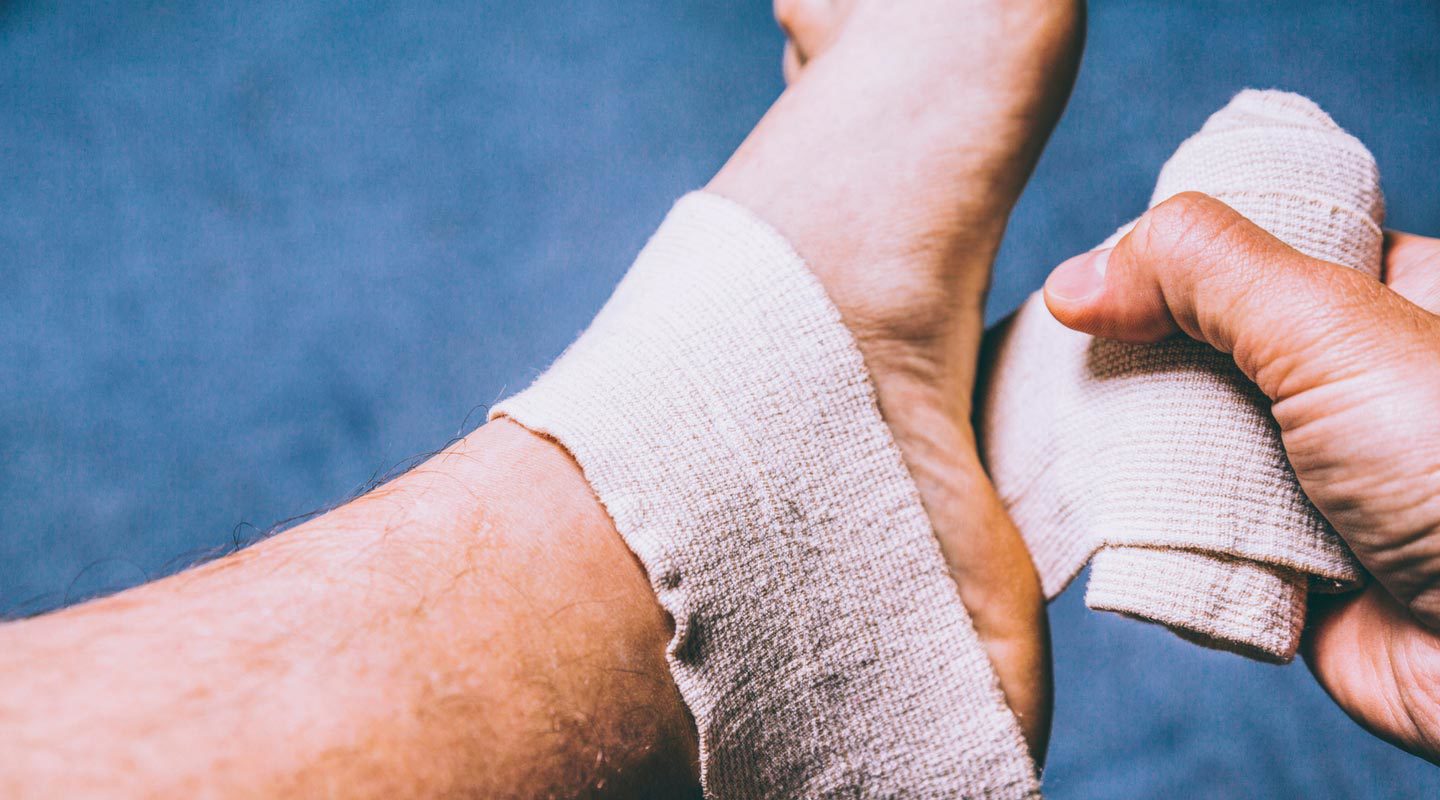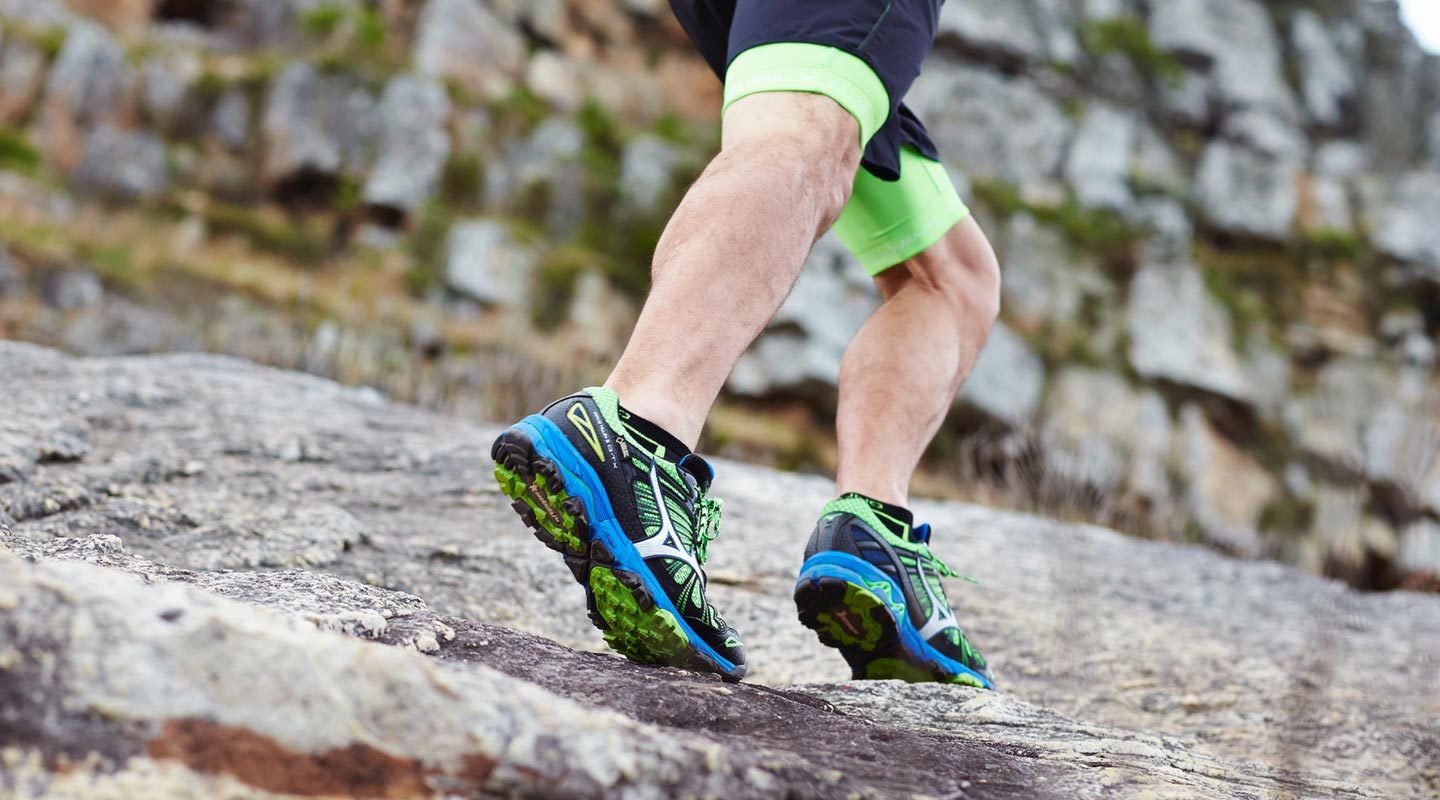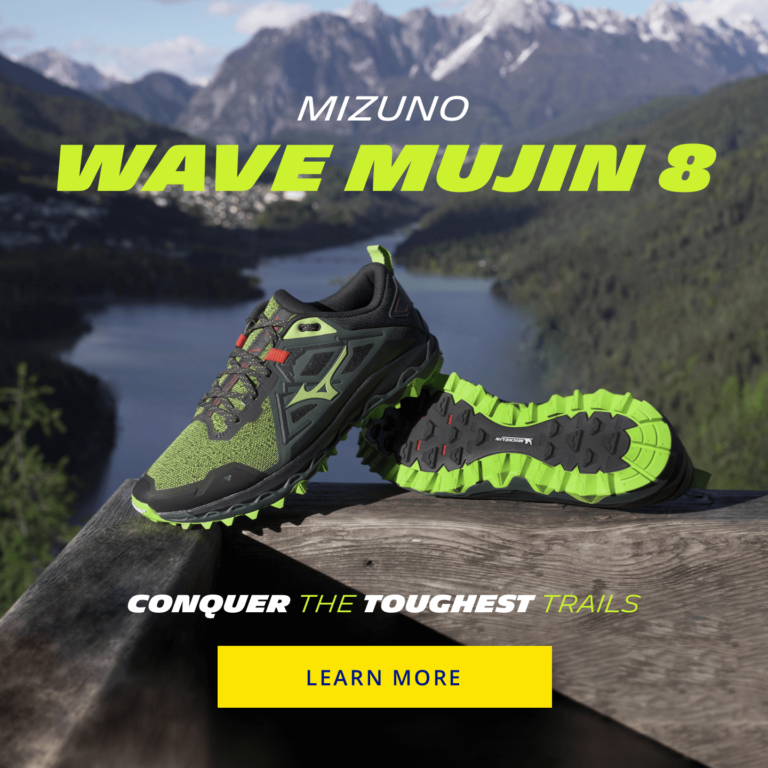Whether it’s blisters or fractures, every sports person will come face to face with injuries that sideline them.
There’s nothing worse than something getting in the way of you and your training – so it’s important to stay on top of things. From trail running and hiking to tennis and mountain biking, we take a closer look at some of the most common endurance sport related injuries. And, more importantly, how you can avoid each one…

Blisters
Annoying and sore, blisters are a pain.
What’s the cause?
Ultimately, it’s friction from anything that repeatedly rubs against your skin.
Sports people are specifically prone to blisters as they are exposed to more intense elements, such as heat, moisture, and increased rubbing. From sweaty feet and wet conditions, to ill fitting clothing and new equipment, there’s plenty of opportunities for these small but brutal irritants to form.
Although they are often small, and don’t pose any serious risk – they can be a nightmare for any athlete trying to drive their performance to the next level.
Prevention
An investment in the right clothing and equipment is an investment in a blister-free life.
Footwear choice is a big factor. Make sure you get the right fit and take time to do your research. Training shoes should allow your feet to breathe while giving you controlled movement and stability. Wear new shoes in by starting with short bursts, such as warm ups, and gradually introduce them for longer periods of time.
Areas prone to friction, such as heels or toes, should be taped to protect from significant rubbing. Many runners also wear two pairs of socks. The thinking here is that the friction between the shoe and your foot is reduced as the two socks rub together.
READ MORE:
- How to perform under pressure, shake off self doubt and smash your goals
- Mind games: How to keep a strong head when distance running
- Dancing in the face of fear
Achilles Tendonitis
Endurance sports can put a lot of strain on leg muscles, and for a long period of time. It might start as just a slight stiffness or tolerable sensation, but achilles tendonitis can soon become a problem.
What’s the cause?
The definitive cause of achilles tendonitis is inflammation. Inflammation of the Achilles derives from overtraining or poor preparation ahead of a session. Each time your foot makes contact with the ground your Achilles will absorb the shock and stress, before falling victim to tiny, irritating tears.
This comes hand in hand with endurance sports that involve running. Overpronators(when the foot naturally rolls inwards) and hill runners, especially, should keep an eye on this one.
Prevention
Quality warm ups, progressive training programmes, the right equipment and effective cool downs – everything you need to fight off this inconvenient injury. Strengthen and condition your muscles. Incorporate low-impact activities into your training. Look for equipment that is going to boost your comfort and performance.
Stress fractures
Whilst other common injuries, like blisters, are an inconvenience to endurance athletes, stress fractures are on another level and can pose a serious risk. Causing ‘breaks’ or ‘cracks’ in the bone, this a painful and restricting injury. And one that endurance runners try and avoid for their full career…
What’s the cause?
Endurance sports, like tennis or trail running, involve repetitive movements for long periods of time.
This means that the same bones are subjected to a high amount of stress, sometimes causing microtrauma. As well as poor bone sufficiency and muscle strength, stress fractures are a result of incorrect techniques, a sudden change in terrain, or inadequate footwear.
If the bone isn’t immediately given time to recover and remodel, and instead has to take on continued mechanical strains, the bone cracks – causing musculoskeletal pain.
Prevention
Endurance sports are always going to involve repetitive movements – so eliminating the main cause is impossible. As muscles tire, your bone will take on much more of the stress. So avoid suddenly ramping up your training, and instead ease into high level training sessions and competitions. This will give your muscles adequate time to adapt and grow.
Incorporate a combination of strength and endurance training, and gradually increase this over time. Spend time working on your technique. Improve your gait and how your foot connects with the surface. How you drive power, and how you move through each movement.

Be prepared for everything
Whether you can brush it off in a couple of days or if it takes weeks to recover, injuries are frustrating at the best of times. Painful setbacks can prevent your progress and cause more severe problems down the line.
Preparing now with the right training, recovery and gear will help you stay in peak condition.

